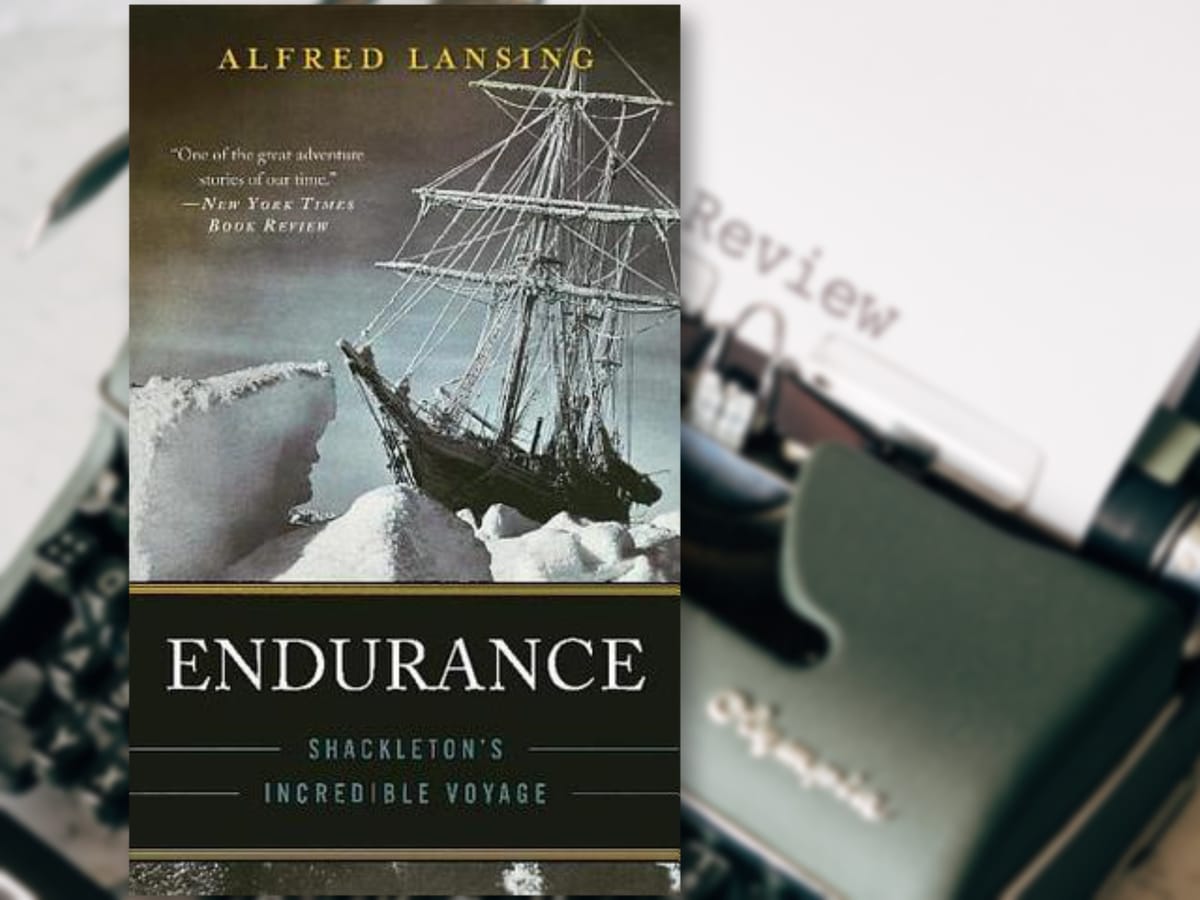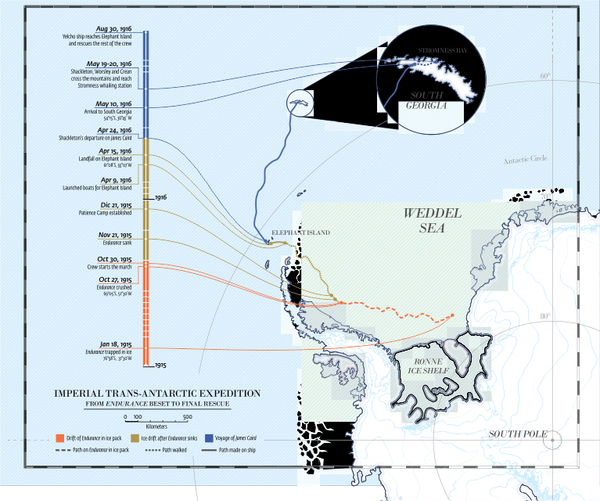Endurance: Shackleton's Incredible Journey
Dive into the frozen epic of Shackleton's Endurance! 🌊❄️ When ice traps their ship in Antarctica, the crew's unbreakable spirit shines. From battling bergs in tiny boats to a daring 600-mile Drake Passage crossing—survival against impossible odds. Lansing's gripping tale will chill and inspire!

Do you know the story of Sir Ernest Shackleton's Imperial Trans-Antarctic Expedition? It is an epic tale that challenges biblical fables. That the crew of the Endurance survived is the least amazing fact of the story.
Endurance: Shackleton's Incredible Voyage is an example of storytelling at its finest. It could have been just another retelling of Shackleton's ill-fated Trans-Antarctic Expedition; instead, it becomes a story about the crew of the Endurance, and how they managed as a team on the ice of the world's most isolated continent. Alfred Lansing's writing is simple and unadorned. He recounts the tale of the ill-fated expedition using the diary entries of the ship's crew. Lansing weaves these individual diary entries into a complete narration of the events between December 22, 1914, and August 30, 1916. We get a picture of the man who led the expedition and the incredible crew that accompanied him.
Shackleton’s image is that of a person excessively careful, frugal with supplies, and risk-averse. It is not until the ice has broken into too small a piece that he orders the men to Elephant Island. A journey that sees the boats threatened by icebergs, an unpredictable ice pack, and rough seas. After they find land, a narrow beach and high waves force them to the boats to find a better position.
With the crew on solid ground, Shackleton and a skeleton crew take to a small twenty-foot boat to cross the Drake Passage and get help. Once underway, the voyage of the James Caird is an epic tale of its own. A twenty-foot boat with a threadbare sail and an improvised sea anchor crossing the Drake Passage should have been impossible. Many of the men on Elephant Island had no hope that Shackleton and his expert navigator, Frank Worsley, would make the trip.
During the fourteen-day, six hundred-mile voyage to South Georgia Island, the small James Caird faced challenges that should have sent it to the depths of the treacherous Drake Passage. But Shackleton and his crew beat back the ice with axes, and conserved their rations until South Georgia was in sight.
The journey was not over. Out of water and food, the sea forced another day on the boat when a storm drove them past South Georgia and into the open ocean. When they make landfall on South Georgia, they are on the opposite side of the island from the whaling station at Stromness. The men take to the ice and cross the island. The ninety-hour march is the third impossible journey for Shackleton.
Faced with the prospect of freezing to death on a prominent peak, the men create a crude sled to “fall” two-thousand feet down the side of the mountain. Overlooking Stromness, a frozen waterfall prevents them from descending to the village. The men use the last of their rope to descend the frozen waterfall and finally arrive at Stromness.
Through it all, Alfred Lansing sets a measured pace with his prose. It would be easy, given the subject-matter to wander into superlatives and grandiose prose, but he does not. He adheres to a clean telling of the tale that makes the horror and grandeur of it even more enduring. Here are all the lessons of On Writing Well for your consideration, except Alfred Lansing wrote this book twenty-one years earlier. It has stood the test of time very well.





